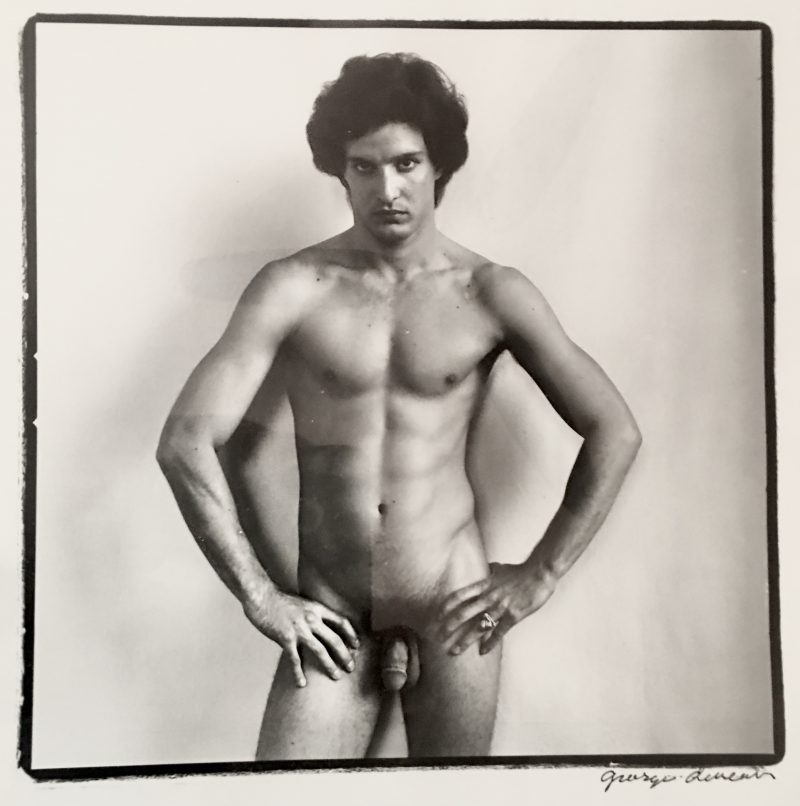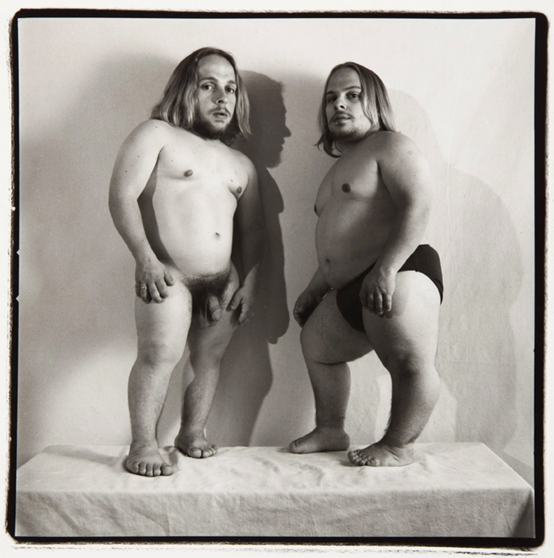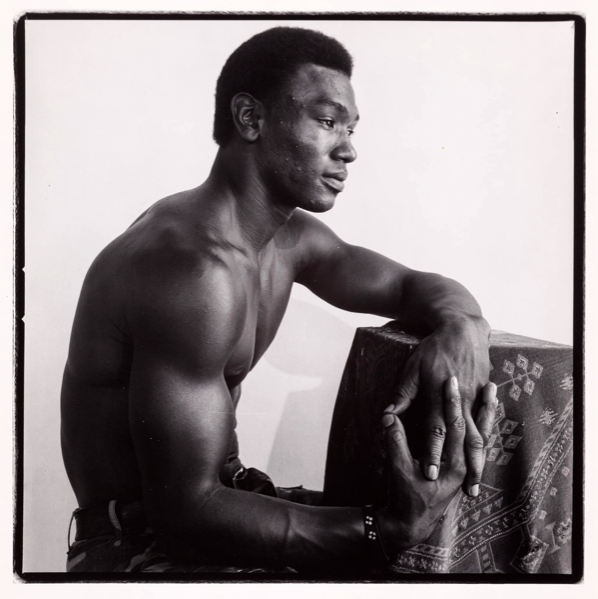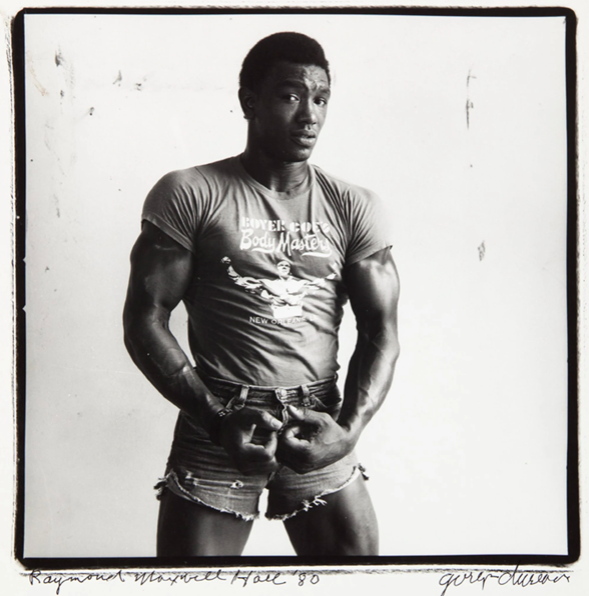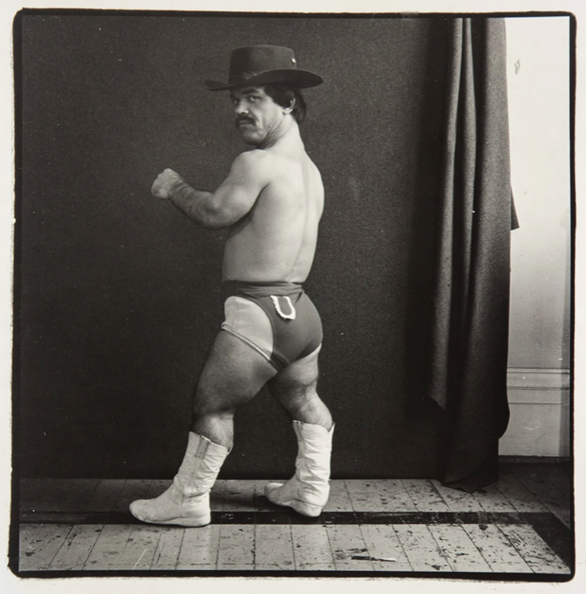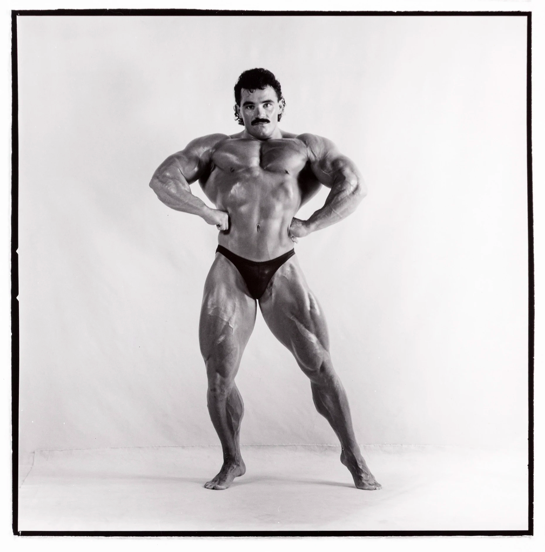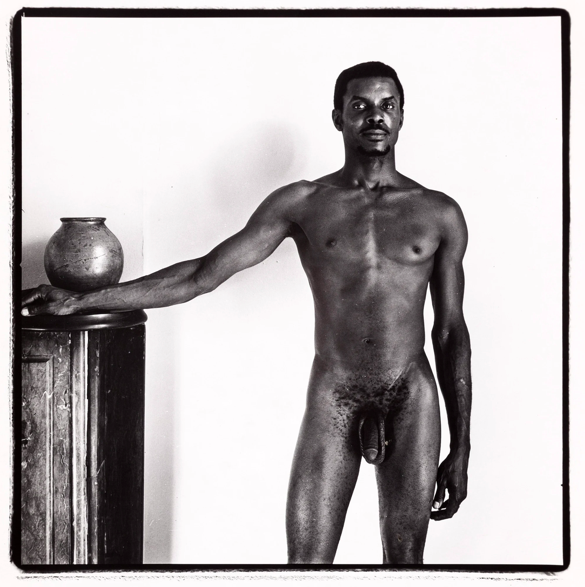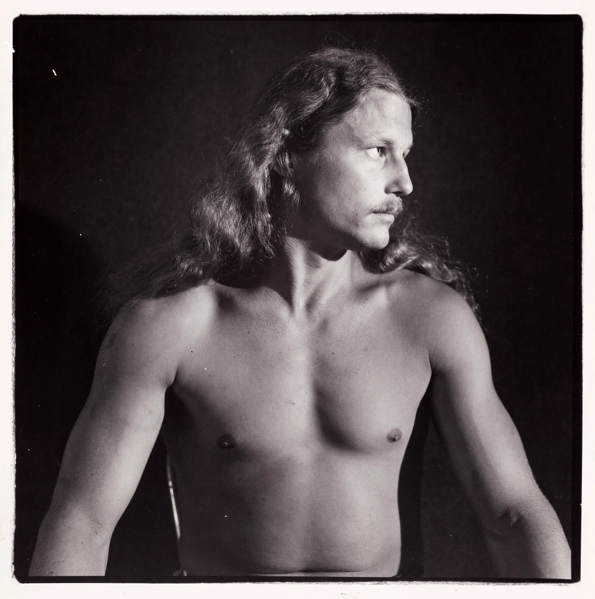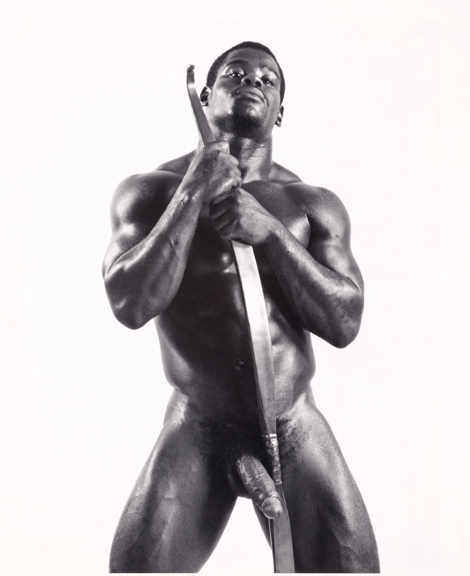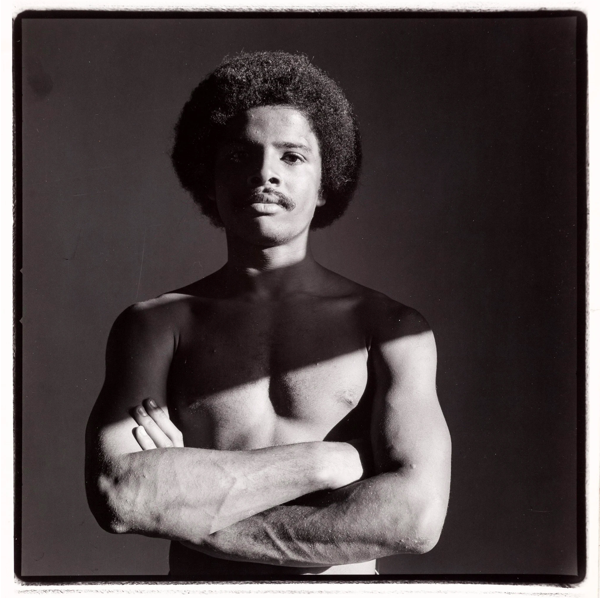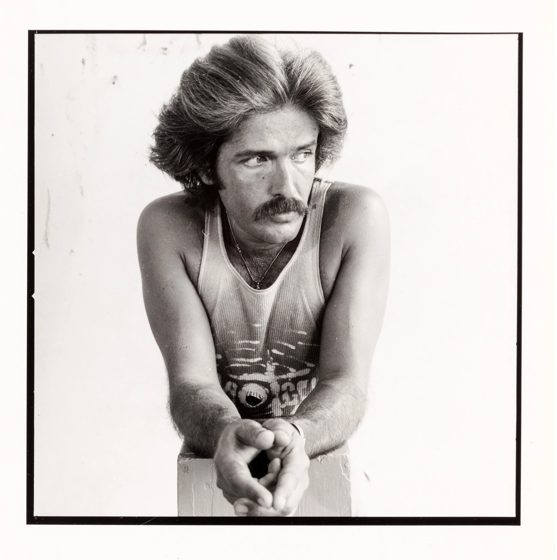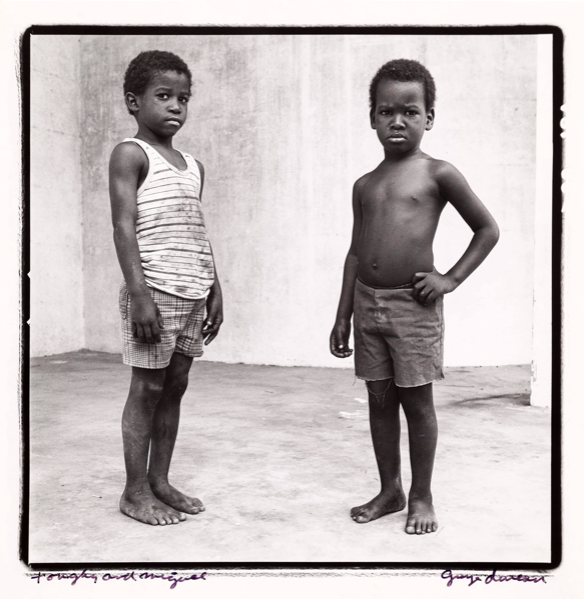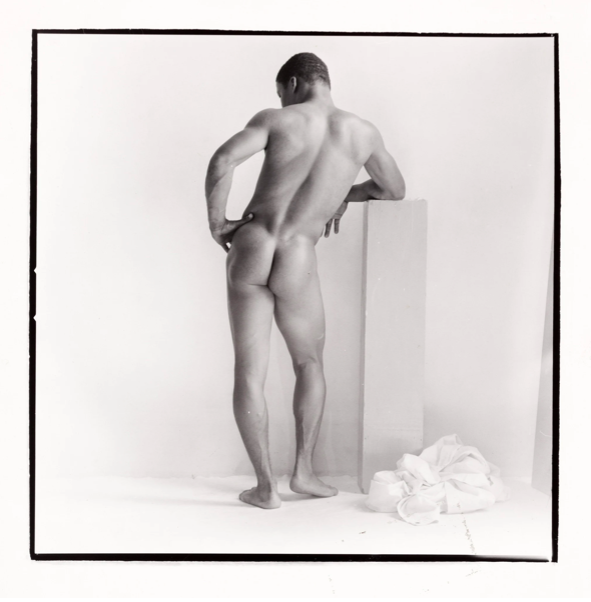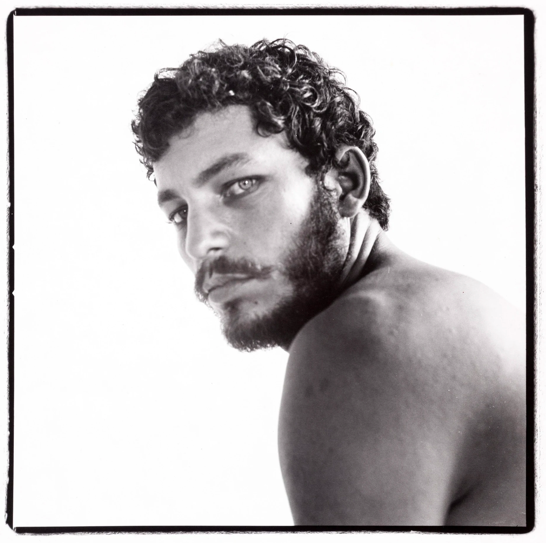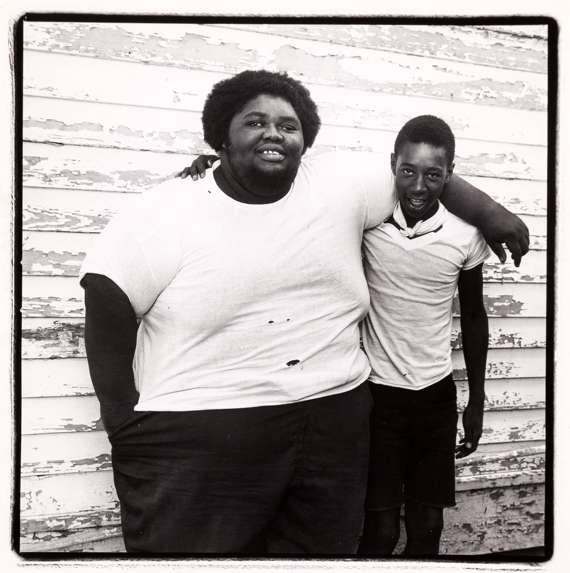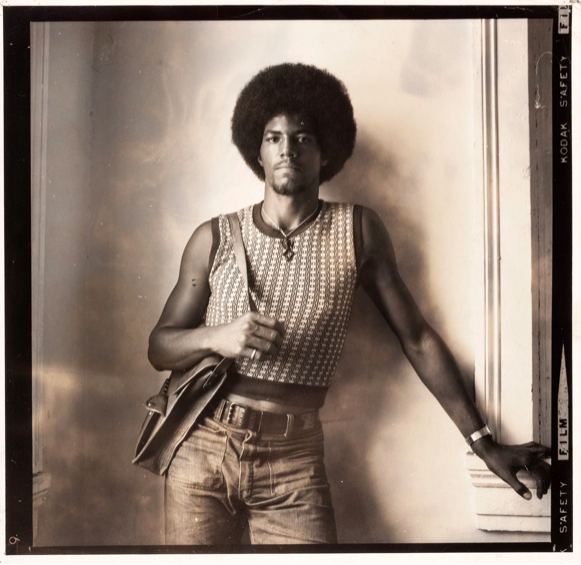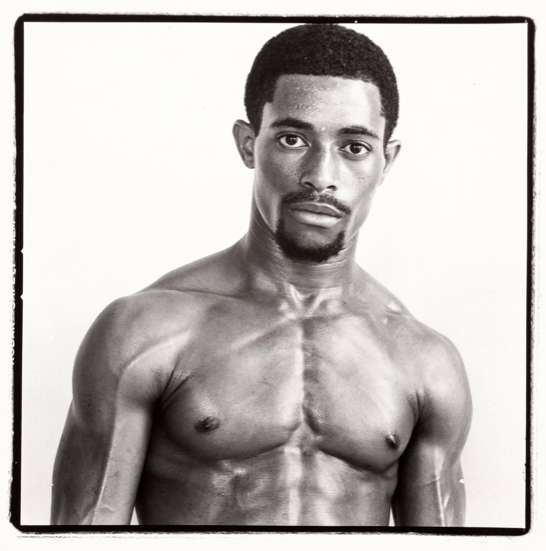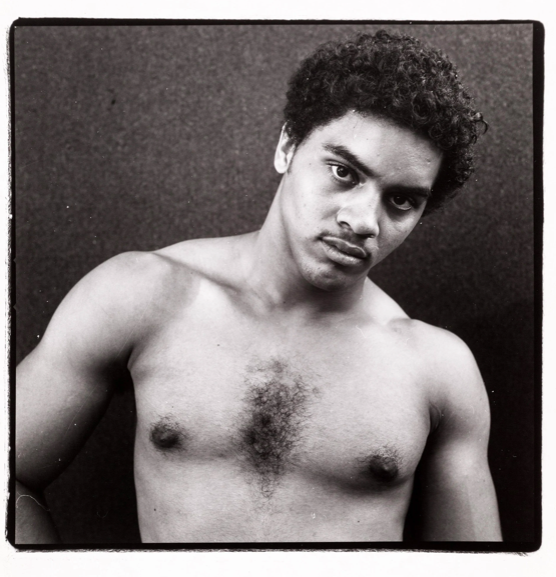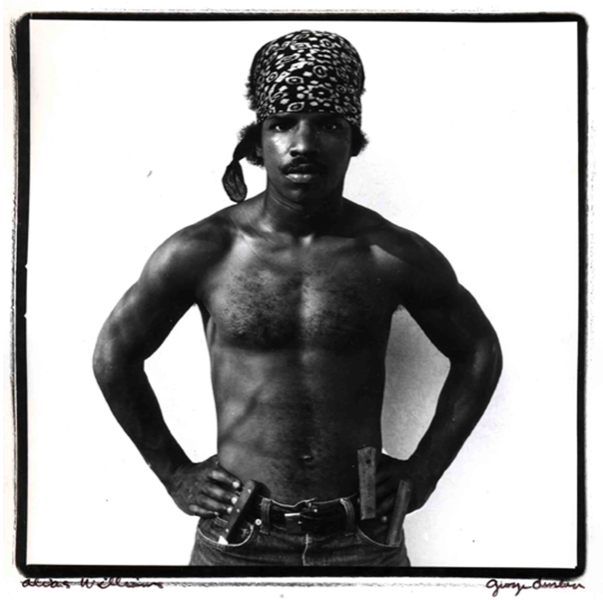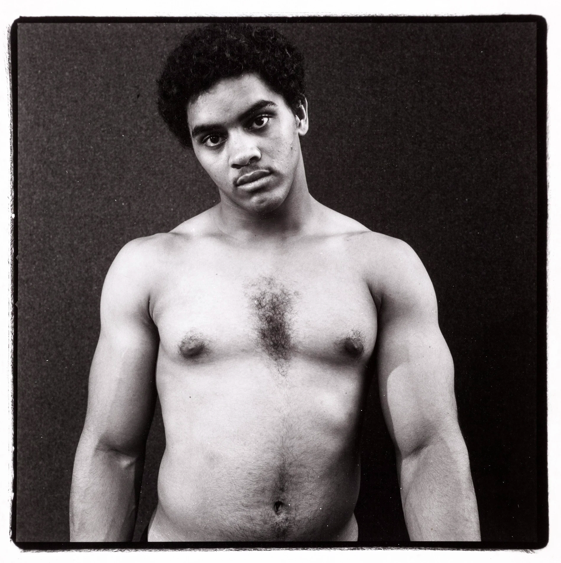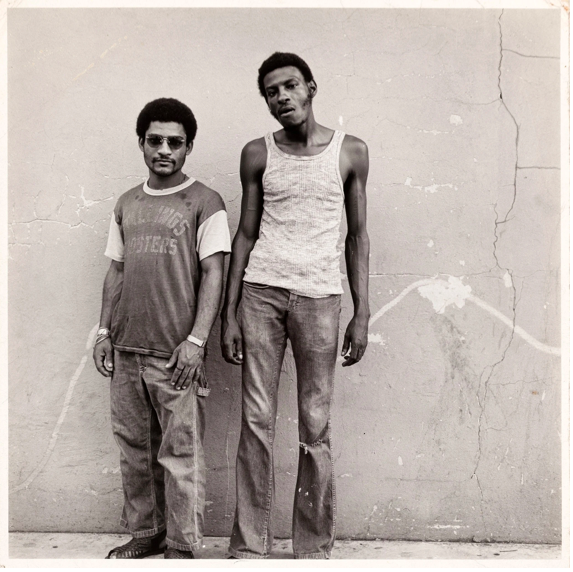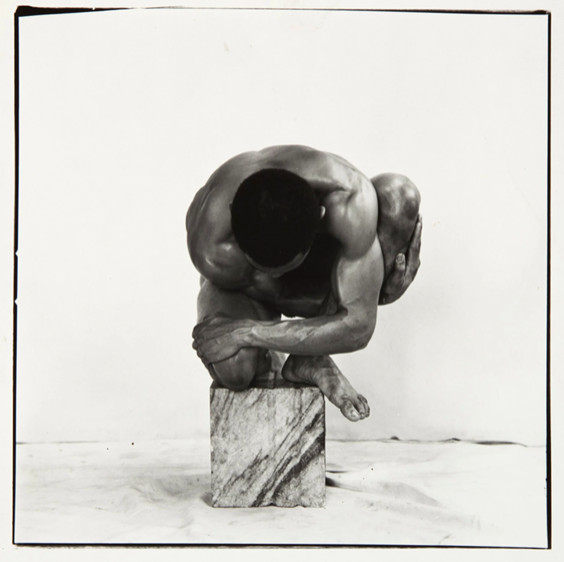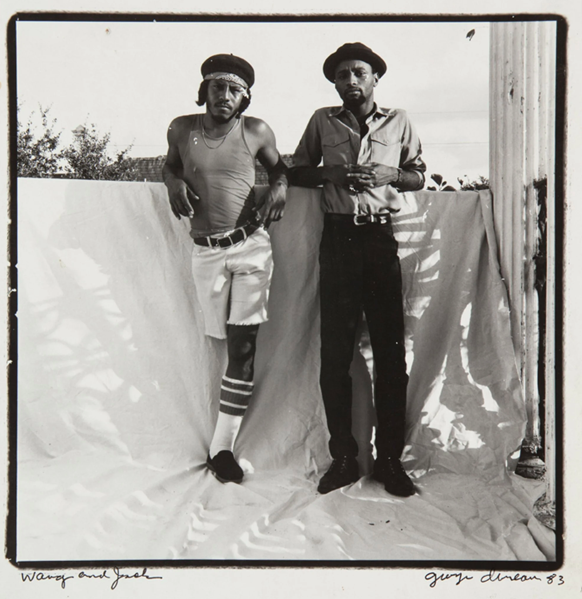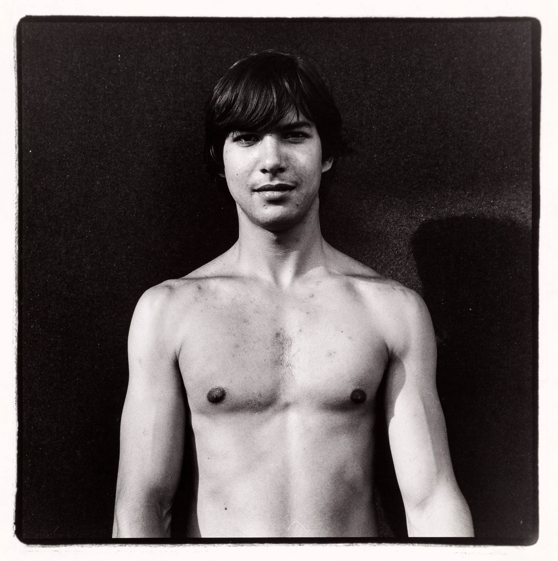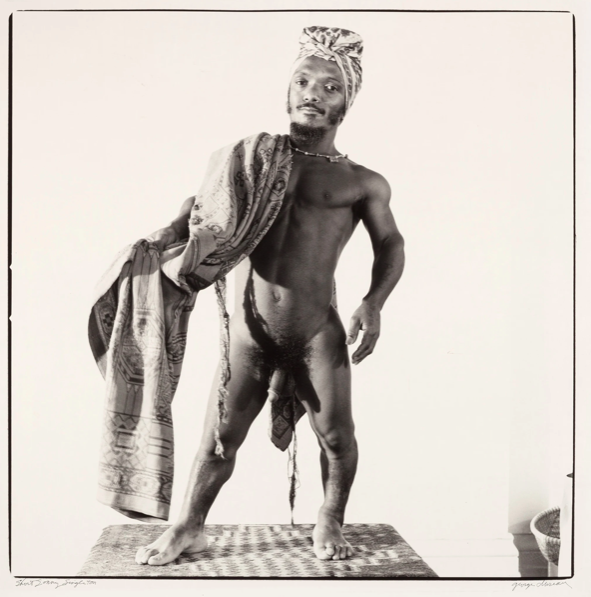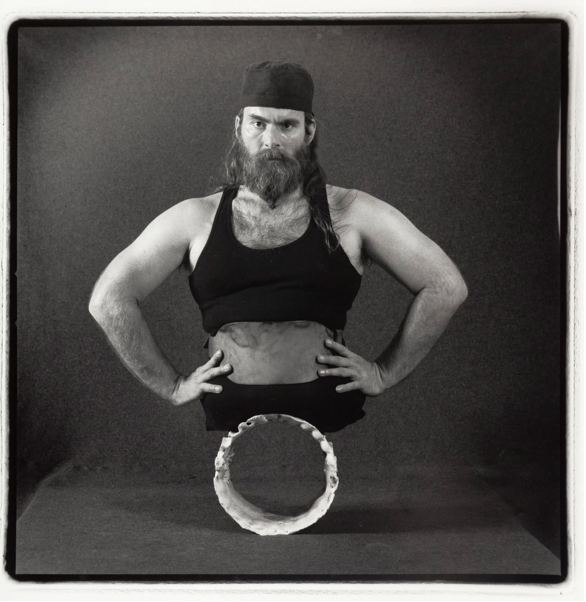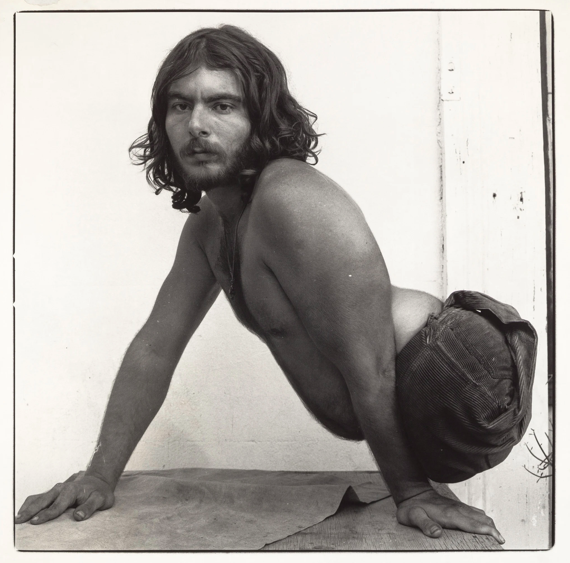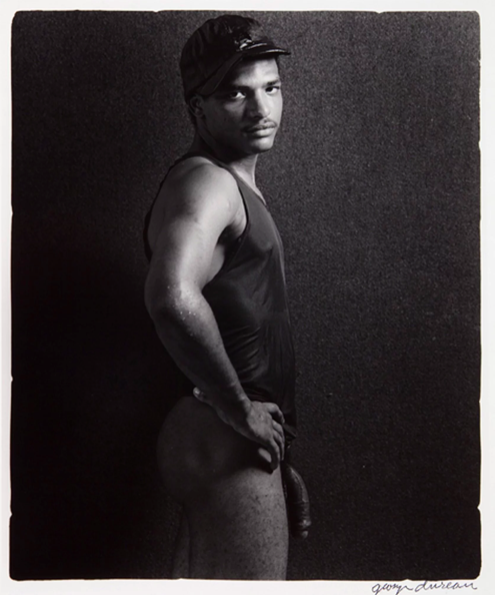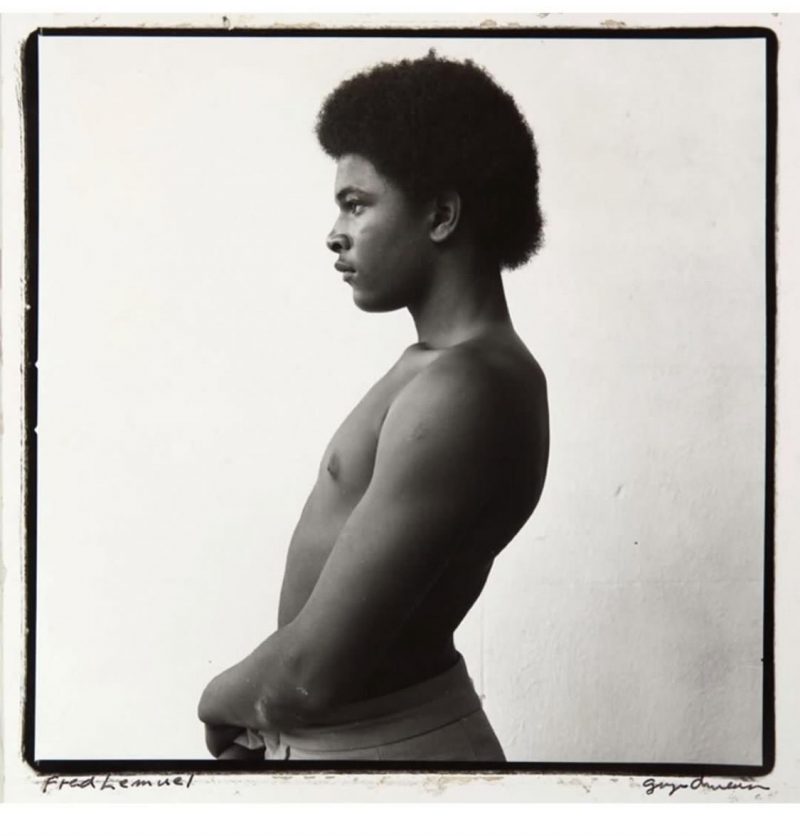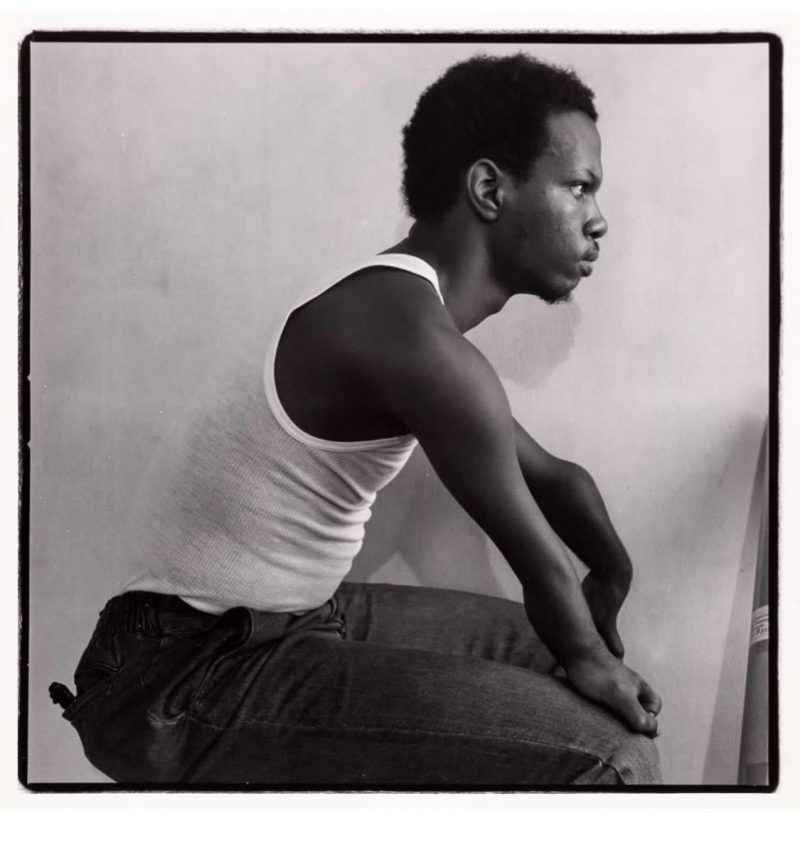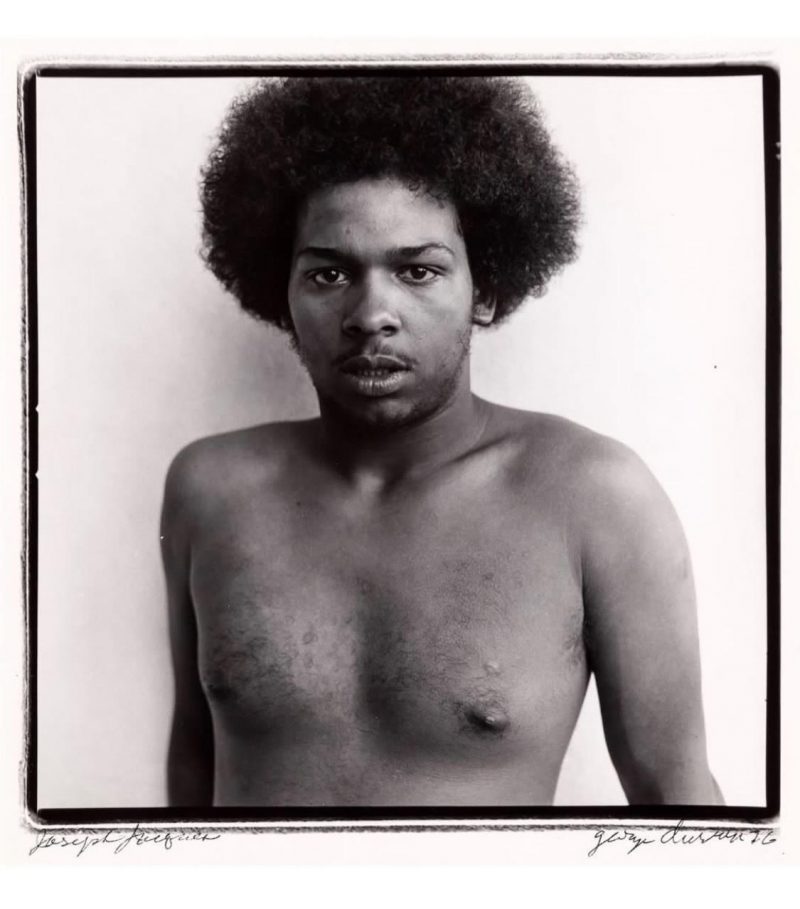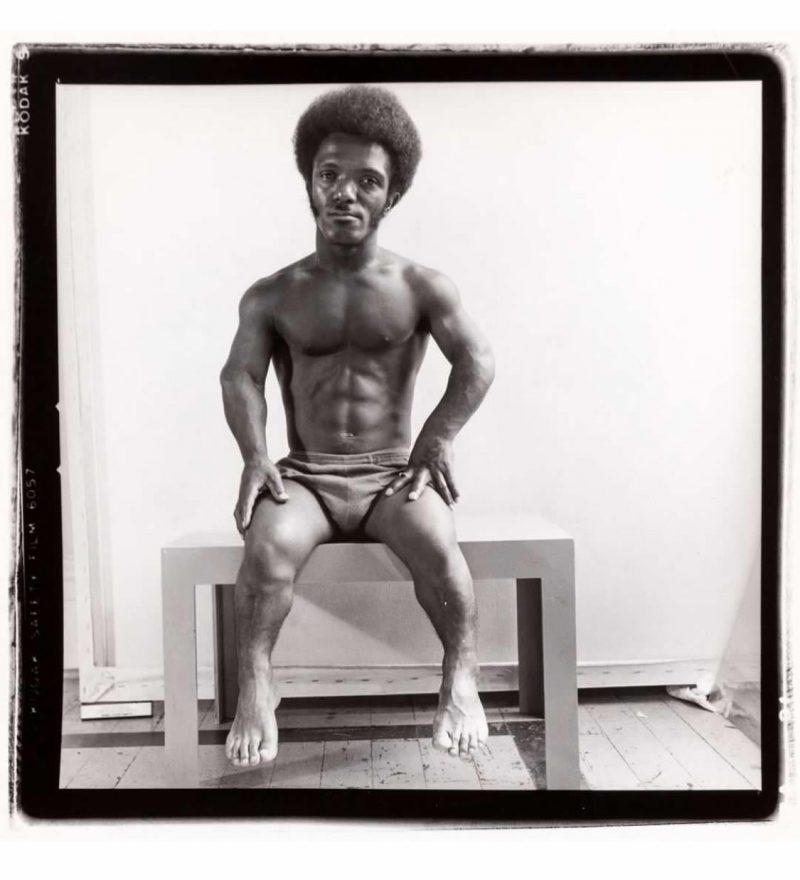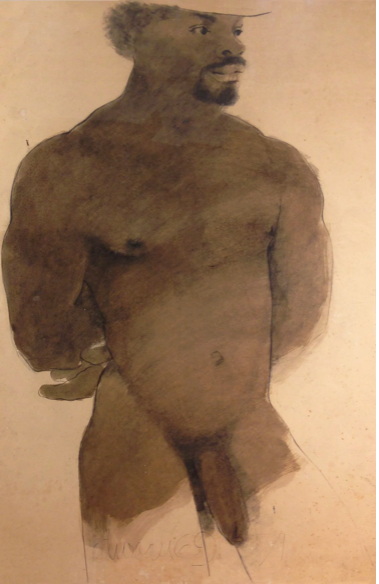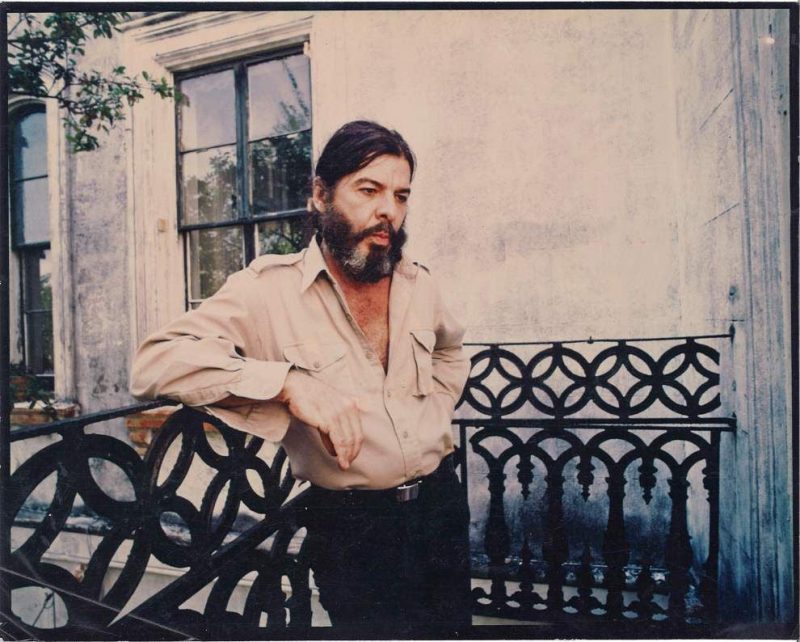George Dureau Estate Authentic Vintage Photographs 1970-80’s
“The Camera is a Mindless Lunatic”.
– George Dureau (1930-2014)
“If I contribute something strong to photography that’s probably it,
my ability to picture the model’s sexuality in their brain or their life
as told through their face, at the same time.”
– George Dureau (1930-2014)
SEE FULL LIST OF AVAILABLE WORKS HERE:
Digital private view includes all 12 paintings owned by the Estate and a selection of 150 photographs.
Each work is displayed with a high-resolution image, artwork information, and pricing details.
https://privateviews.artlogic.net/2/7c908cbf57ab31fa7f6d69/
George Dureau (1930-2014), American. New Orleans, Lousiana, USA.
Selection of Authentic Silver Gelatin (Darkroom Printed) Vintage Photographs.
Acquired directly by the trustee of the Dureau estate, his brother Don Dureau, whom I am now friends with.
With permission and in collaboration with Arthur Roger Gallery, New Orleans, Louisiana, USA.
Prices Vary / Please see under each image for details & price.
Condition reports available upon request.
Sales include Certificate of Authenticity & Estate Stamp on Verso.
Shipping is from New Orleans, Louisina, USA.
|
George Dureau
|
|
|---|---|
| Born | December 28, 1930 New Orleans, Louisiana, United States
|
| Died | April 7, 2014 (aged 83) Kenner, Louisiana, U.S.
|
| Education | LSU and Tulane University |
| Known for | Painter, Photographer |
George Valentine Dureau (December 28, 1930 – April 7, 2014) was an American artist whose long career was most notable for charcoal sketches and black and white photography of poor white and black athletes, dwarfs, and amputees. Robert Mapplethorpe is said to have been inspired by Dureau’s amputee and dwarf photographs, which showed the figures as “exposed and vulnerable, playful and needy, complex and entirely human individuals.”
Biography
Dureau was born to Clara Rosella Legett Dureau and George Valentine Dureau in the Lakeview neighborhood of New Orleans, Louisiana. He was raised in nearby Bayou St. John. He graduated with a fine arts degree from LSU in 1952, after which he began architectural studies at Tulane University. He briefly served in the U.S. Army. Before being able to survive as an artist, he worked for Kreeger’s, a New Orleans department store, as a display designer/window dresser. For the vast majority of his life, he lived in the French Quarter, where he was well known for his eccentricity and hospitality. His friend and student, Robert Mapplethorpe restaged many of his earlier black and white photographs. Dureau died of Alzheimer’s disease.
NEW BIOGRAPHY; Coming out 2025.
https://www.upress.state.ms.us/Books/G/George-Valentine-Dureau
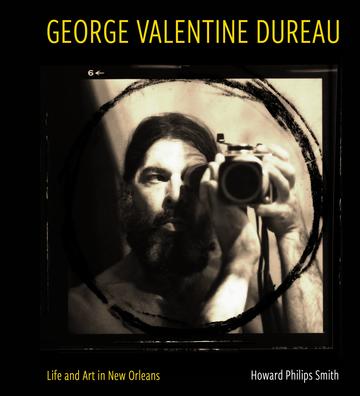
George Valentine Dureau
Life and Art in New Orleans
An expansive and beautiful survey of one of New Orleans’s most accomplished and provocative artists
Description
New Orleans artist George Valentine Dureau (1930–2014) has always been an enigma. His status as an important artist gained momentum beginning with his first exhibition at the New Orleans Museum of Art, then the Isaac Delgado Museum of Art, in the mid-1960s. Not only did his career undergo a meteoric rise, but his work proved at once controversial and provocative, nuanced and groundbreaking. Critics and collectors embraced his bold images, describing them as sexual, sensual, exploitative, erotic, iconoclastic, and innovative. Beneath the surface, Dureau was even more complex as a person and persona, as he crafted a sensational character out of his artistic acumen. His reputation dimmed after his death, but in recent years his importance, and that of the New Orleans art scene he occupied, has once again been recognized.
George Valentine Dureau: Life and Art in New Orleans reassembles the pieces of Dureau’s puzzle-work life. The complexity of his life came together in the studio, where he created some of the most important artworks of the latter twentieth century. This lush publication features 100 large-format photographic plates, most of which have never been seen or published and surprisingly some in color. There are more than 200 illustrations and two essays to accompany the plates, along with a special section devoted to the artists and artwork of 1980s New Orleans, featuring hundreds of additional photographs, and several appendices of supplementary materials, such as interview transcripts, a timeline of Dureau’s life and career, a map of important locations, and a section on relevant art publications, invitations, and posters.
Reviews
“Painter and photographer George Dureau deserves national recognition, as does the Bohemian art world that flourished in New Orleans in the late twentieth century. With Howard Philips Smith’s comprehensive study, this will no longer be an underappreciated chapter in the history of contemporary art in America.”
– E. John Bullard, director emeritus of the New Orleans Museum of Art
Works
Some of his pieces are held at the Ogden Museum of Southern Art. Several of his works are displayed publicly throughout New Orleans, most notably, the pediment sculpture for Harrah’s New Orleans, and his cast-bronze sculptures stand sentinel at the entrance gates of New Orleans City Park. His depiction of a Mardi Gras parade dominates one wall in Gallier Hall. “Black 1973–1986,” an exhibition of black and white photographs concentrating on young black men at the Higher Pictures gallery in New York City, garnered rave reviews.
Selected Publications
- Lucie-Smith, Edward (1985). George Dureau New Orleans: 50 Photographs. London: GMP Publishers Ltd. ISBN0-907040-47-0.
- Gefter, Philip (2016). George Dureau, The Photographs. New York: Aperture. ISBN978-1-59711-284-0.
References
- ^ “Dureau, George (1930–2014)”. glbtq. December 28, 1930. Archived from the original on March 30, 2014. Retrieved April 8, 2014.
- ^ Harrity, Christopher (December 28, 1930). “Artist Spotlight George Dureau”. Advocate.com. Retrieved April 8, 2014.
- ^ Jump up to: ab MacCash, Doug (April 7, 2014). “George Dureau, New Orleans master painter and photographer, has died”. The Times-Picayune. NOLA.com. Retrieved April 8, 2014.
- ^ Gruber, Richard J. “George Dureau,” 64 Parishes.com
- ^ George Dureau: ‘Black 1973–1986’
Press
https://www.nytimes.com/2012/06/22/arts/design/george-dureau-black-1973-1986.html
https://www.prospect5.org/artists/george-dureau
https://www.artnet.com/galleries/arthur-roger-gallery/george-dureau-from-the-estate/
Exhibitions
Troy Joshua Brown
https://www.nola.com/entertainment_life/arts/george-dureau-new-orleans-master-painter-and-photographer-has-died/article_5bb418e9-c06e-57d8-b600-5e5bad5382e3.amp.html
PRESS:
PROSPECT.5 SPOTLIGHTS THE INTIMATE EYE OF GEORGE DUREAU, PHOTOGRAPHER

B.J. Robinson. (THNOC, gift of Donal Dureau, 2015.0293.2.19.3.10) Right, Brian Reeves, undated, by George Dureau. (Courtesy of the Dureau Estate and Arthur Roger Gallery)
A New Orleans native, Dureau (1930–2014) studied art at Louisiana State University and architecture at Tulane University and served in the US Army. When Roger first met him in the 1970s, Dureau was known more as a painter and for his drawings.
“I was in college,” Roger said. “I worked at a gallery on Royal Street. I was a framer. And the French Quarter was a very different place then. There were a lot of eccentric people, and George was one of those very noticeable people that were in the Quarter.”
Dureau’s photography began as reference material for his other artwork, which frequently portrayed characters of mythology and religion (such as in his “The Parade Paused” mural, displayed inside Gallier Hall, where countless Carnival parades drawing on mythological themes have paused over the decades).
“If you work with anyone who does figurative work, they are always looking for models or they’re looking for some way to have a visual reference,” Roger said. “The photographs in the beginning were clearly for him to have a reference for his paintings. Then, later, I think he really grew and was able to recognize something he could do.”
“There was nothing casual about it”
Frequently cited as an influence on Robert Mapplethorpe (Roger once staged a comparative gallery show of both photographer’s work), Dureau’s photographs were never serendipitous, said Roger, who like many of Dureau’s friends and acquaintances posed for him.
“There was nothing casual about it,” Roger said. “Everything was very deliberate. Your head was forced in a very uncomfortable position. Your arms and shoulders and legs — there was nothing that wasn’t pushed into a place where he wanted it. You would feel that this is going to look terrible. When you saw the results of it, it looked perfectly normal. There was never anything accidental. That was part of who he was.”
Dureau was “a pure photographer,” Lawrence said, whose talent lay in his meticulous craftsmanship. “He was responsible for the posing, the lighting, the concept of the pictures, and releasing the shutter.
“The studio offers a lot of control for the photographer, maybe less so for the subject. When you’re in the studio, you’re kind of in there because the photographer wants you there.”
Extraordinary works
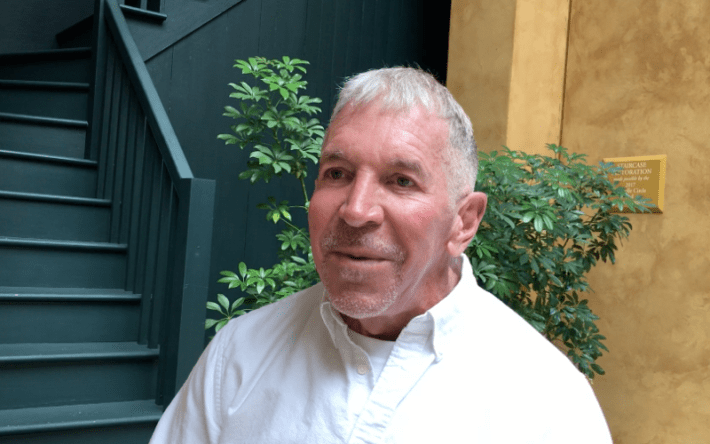
The Prospect.5 exhibition features studio photographs as well as images taken outdoors in various locations around the city, including the French Quarter, where Dureau maintained a noticeable persona until near the end of his life.
Suffering from dementia, he became the focus of a small group of concerned neighbors. The “Friends of George,” organized by email, helped see him through the early stages of decline before his relocation to a care facility. Roger, enlisting Dureau’s half-brother Donald Dureau, arranged for The Historic New Orleans Collection to acquire a trove of Dureau’s photos, artwork, and life ephemera.
“This was a Louisiana artist who had established himself in multiple fields of achievement,” Lawrence said. “That was an important thing for us.”
Said Roger: “Files, little prints – anything that looked of any importance, we boxed it and gave it to The Historic New Orleans Collection. We felt that it was a tremendous victory for George’s legacy.
“For George, I think it was a problem to recognize, in my mind, that the photographs were the most important body of work that he had done. Locally, I think that’s quite the opposite. I think locally, people really embrace the paintings and drawings more. But there’s no question in my mind that [his] photography will go on well beyond any of this.
“You know, I cared about him a lot. I think he had this quality that you would only see in New Orleans in that particular time. It’s a terrible loss, but I think he left us with extraordinary works that are going to be remembered for a very, very long time.”

